How to Grow an Avocado Tree at Home for Fresh, Delicious Fruit
The avocado tree(Persea americana) is a tropical fruit tree, first found in Puebla, Mexico. Later, more varieties were uncovered in Guatemala and the Antilles. It is an evergreen tree known not only for its delicious fruit but also for its lush green foliage, making it a highly decorative plant.
Growing Conditions and Development of Avocado Trees
If you live in a warm climate, particularly in the southern United States or tropical regions, you can plant avocado trees outdoors. In outdoor conditions, the tree can reach up to 18 meters (60 feet) in height. To thrive, the avocado tree requires a warm, airy environment with ample space. While indoor planting can also yield fruit, you must select the right variety and be patient, as it takes about 3 to 4 years for the tree to bear fruit.
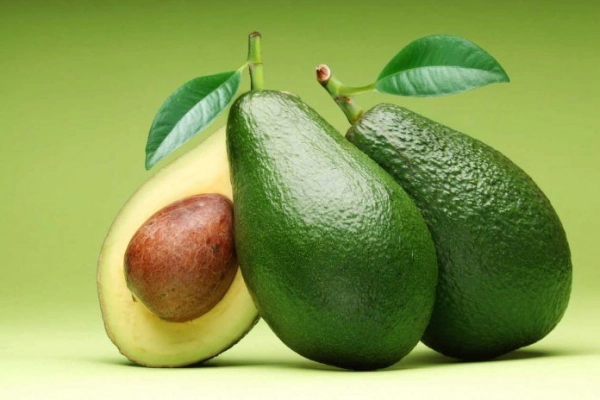
Many people plant avocados primarily for their fruit, but the tree also serves an ornamental purpose with its dense, green foliage, adding beauty to gardens or indoor spaces.
Characteristics of the Avocado Tree
The avocado tree has an upright, woody trunk that branches out into multiple limbs. In ideal conditions, the tree can grow up to 20 meters tall. Its leaves are oval-shaped and elongated, appearing copper-colored when young and turning dark green as they mature.
Avocado trees produce numerous flowers, typically growing in clusters at leaf axils or branch tips. After 2 to 3 years, the tree begins to bear fruit. The avocado fruit comes in various shapes, such as spherical, oval, or pear-shaped, depending on the variety.
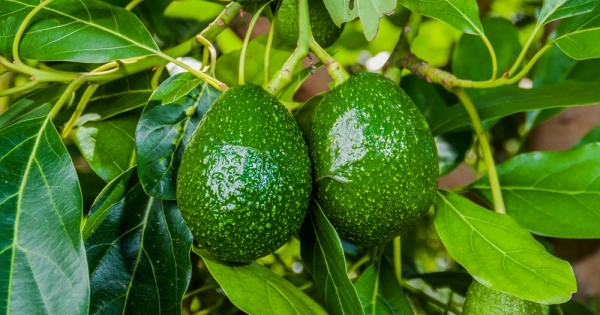
When unripe, the avocado's skin is green. As it ripens, the skin can turn purple, black, or remain green, depending on the type. Inside, the thick, slightly rough skin protects the smooth, creamy yellow flesh surrounding the large seed. There are many avocado varieties, such as waxy avocados, Booth avocados suitable for planting in different regions.
Classification of Avocado Varieties
Avocado varieties are mainly classified based on three origins: Mexico, Guatemala, and the West Indies. Each origin has various avocado types, with the most common being:
- Hass Avocado: The most widely available variety in grocery stores. Hass avocados have thick, rough skin and rich, creamy flesh. They are less heat-tolerant compared to other varieties but offer high yields and can self-pollinate without needing another avocado tree.
- Fuerte Avocado: A type B tree, often planted alongside Hass avocados to ensure cross-pollination. Fuerte avocados have smooth, thin skin and an oval shape. They are more cold-tolerant, making them suitable for planting in northern tropical areas.
- Pinkerton Avocado: Originating from Guatemala, Pinkerton avocados stand out with their elongated shape and creamy flesh, similar to Hass. However, Pinkerton avocados require a type B tree for optimal pollination and fruit production.
Best Time to Plant Avocado Trees
Spring is the ideal time to plant avocado trees outdoors, giving them enough time to establish before winter arrives. Choose a location with plenty of sunlight and well-drained soil. If your garden soil doesn’t drain well, you can improve it by adding sand or similar materials to enhance drainage.
Avocado trees are sensitive to strong winds, so young plants need support to grow straight and strong. It’s best to plant the tree in a wind-protected spot, at least 3 meters (10 feet) away from buildings.
How to Grow and Care for Avocado Trees at Home
Avocado trees not only provide delicious, nutritious fruits but can also be grown as ornamental plants at home with a simple process. Below is a detailed guide on how to sprout seeds and grow avocado trees at home, along with important care tips.
1. How to Sprout Avocado Seeds at Home
There are two common ways to sprout avocado seeds: water sprouting and direct planting in soil. Here’s a step-by-step guide for each method.
1.1 Sprouting Avocado Seeds with the Water Method
Materials:
- Glass cup
- Avocado seed
- Wooden toothpicks
- Clean water
Steps:
Step 1: Extract the Avocado Seed
Carefully cut the avocado in half lengthwise and remove the seed. Identify the top (near the stem where the sprout will emerge) and the bottom (where the roots will grow).
Step 2: Clean and Insert Toothpicks
Wash the seed thoroughly and soak it in water for about 5 minutes. Then, peel off the outer skin and clean the seed to prevent mold. Insert 4 toothpicks into the middle of the seed at symmetrical angles.
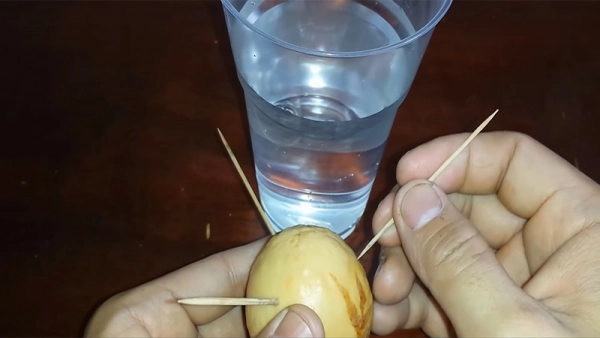
Step 3: Begin Water Sprouting
Place the avocado seed in a glass, ensuring that half of the seed is submerged in water. The top part of the seed should remain dry, as this is where the sprout will grow, while roots will develop from the submerged portion.
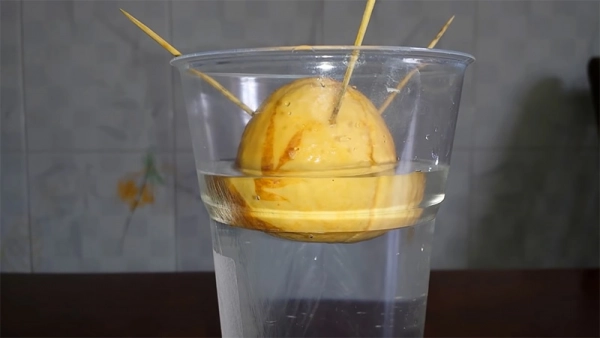
Step 4: Encourage Sprouting
Place the glass with the seed in a well-lit area. Change the water daily to maintain cleanliness and avoid mold. After 1-2 months, the seed will crack, and roots will start to grow from the bottom. Once the roots are about 2.5 cm (1 inch) long and a sprout appears, you can transfer the seed into a soil pot.
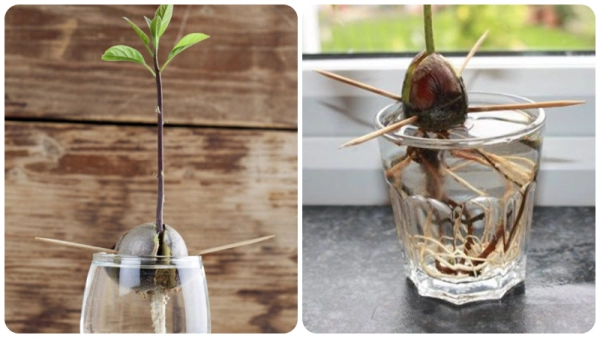
Step 5: Planting in Soil
Transfer the sprouted seed into a pot with soil, burying half of the seed while leaving the rest above the soil. Ensure regular watering and place the pot in a location with plenty of sunlight.
1.2 Direct Planting of Avocado Seeds in Soil
Materials:
- Potting soil mixed with organic compost
- Plant pot
- Avocado seed
Steps:
Step 1: Extract the Seed
Cut the avocado in half lengthwise and remove the seed. As with the water method, identify the top and bottom of the seed.
Step 2: Clean the Seed
Wash the avocado seed, soak it in water for 5 minutes, and then peel off the outer skin.
Step 3: Plant the Seed in Soil
Place the seed vertically in the potting soil, with the top facing up and the bottom down. Position the pot in a sunny spot and ensure the soil stays moist. In 4-8 weeks, the seed will begin to sprout.

2. Caring for Avocado Trees
- Soil: While avocado trees are not picky about soil, they grow best in nutrient-rich, well-draining soils such as basalt soil.
- Light: Avocados love sunlight and require plenty of it to grow well. If growing indoors, place the tree near a window or in an area with natural light.
- Watering: Young avocado trees need moderate watering. Water about once a week, avoiding both overly dry soil and waterlogged conditions, which can damage the roots.
- Fertilization: To ensure healthy growth, apply organic fertilizer every 2-3 months, especially during the tree's early stages.
- Pruning: When the tree reaches about 30 cm (12 inches) in height, pinch off the tip to encourage branching, which will help create a wider, fuller canopy.
3. Important Notes for Growing Avocado Trees at Home
- Disease Prevention: Avocado trees are prone to mold and pests. If you notice signs of aphids, use neem oil diluted with water to spray the tree, a natural and effective pest control solution.
- Watering Issues: If the leaves turn pale yellow, it may be a sign of overwatering. In this case, stop watering for 2-4 days and then resume as normal.
- Potted Trees: Growing avocados in pots may result in fruits that are not as flavorful as those grown outdoors, but you'll still enjoy the pleasure of harvesting homegrown fruit.
Frequently Asked Questions
1. Is it easy to care for avocado trees?
While avocado trees don’t fruit quickly, they are relatively easy to grow as ornamental plants, as long as you provide the right light and water conditions.
2. Do I need two avocado trees for fruit production?
Some varieties, like Hass, can self-pollinate, but productivity improves when two trees, one type A and one type B, are grown near each other.
3. How long do avocado trees live?
Healthy avocado trees can live for hundreds of years, with some reports of trees living up to 400 years.
4. Will avocado trees bear fruit in pots?
Avocado trees can bear fruit in pots, though it’s more challenging than growing them outdoors. Dwarf varieties like Wurtz (Little Cado) are ideal for container growing.
Growing and caring for an avocado tree at home not only brings joy but also allows you to enjoy fresh, nutritious avocados from your own harvest!
Tags: Indoor Ornamental Plants | Outdoor Ornamental Plants | Bonsai Plants | Aquatic Ornamental Plants | Miniature Ornamental Plants |












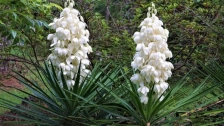






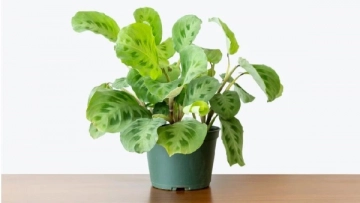

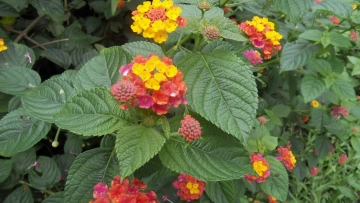

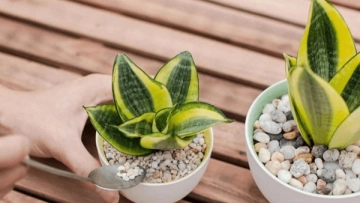
Cynthia Kelly
September 27 , 2024